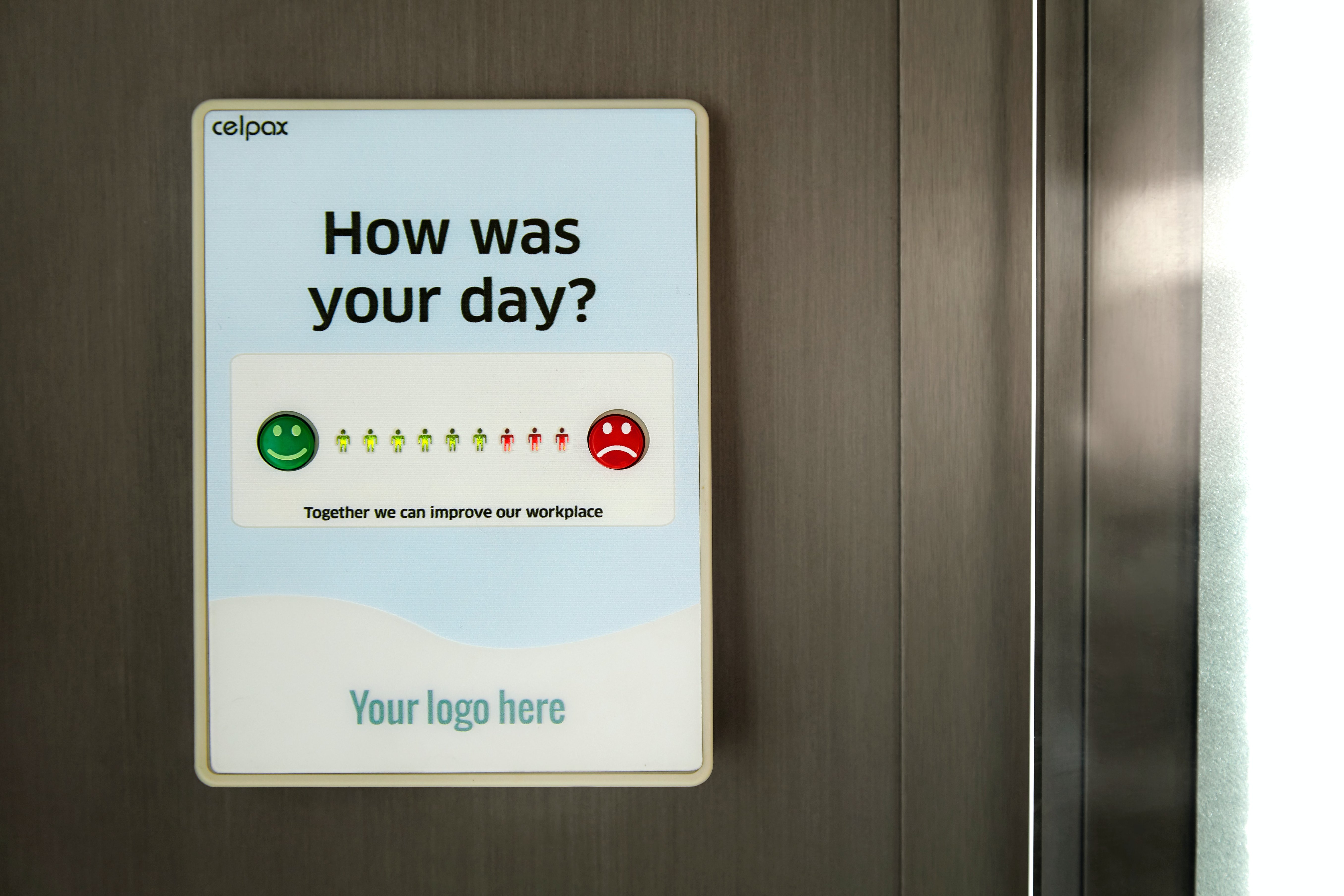Excellent customer service is when you meet and exceed your customer’s expectations. It’s about showing the customer how important they are to your business, whether that’s greeting them by their name, resolving issues the first time around or anticipating their needs - anything to treat them like a VIP.
Now that you know what excellent customer service is, let’s move onto how you can achieve it.
The 10 do’s and don’ts of great customer service
In the section above, we said customer service is about ‘showing the customer how important they are to your business…anything to treat them like a VIP’. So, it’s safe to assume customer service involves assisting your customers with whatever they need, as long as they end up satisfied (or even better, delighted).
Here are some do’s and don’ts to help you provide consistently excellent customer service.
1. Do put the customer first…
Think back to a time when you’ve been disappointed with the service you’ve received from a particular company. If that company apologises and tries everything possible in their power to resolve the situation, your dissatisfaction is eased.
Now what if that company not only resolves the situation but takes it one step further e.g. by doing something thoughtful like offering you an exclusive promotional code, freebie or even sends you a customised apology? Your mood will not only be majorly lifted, you’ll likely also remember that situation - positively as well!

Take the Ritz-Carlton, for example. The hotel is well-known for its stellar customer service and employees are independently authorised to spend up to $2,000 a day to enhance customer experience. They did this for John DiJulius (who was so impressed, he ended up writing about it).
DiJulius left his laptop charger in his hotel room and before he could ring the hotel about it, an air package arrived - from the Ritz-Carlton. And what was inside? His charger, plus an extra charger in case he ever needed it.
Customer service should be embedded into your company’s core values. You don’t need to assign $2,000 per employee per day into your customer service budget, but you can get to know your customers to find out what makes them tick. Then, encourage your employees to go the extra mile, based on these deeper insights.
Even something as simple as an exclusive discount code or handwritten note can make a customer smile.
2. …and that means not prioritising your company policies above their needs
All companies have policies in place and values to consider. As you grow, they may change. That’s fine - just ensure they don’t affect your customer service.
For example, this large retailer denied a customer’s price matching request because it went against their policies. They would match other retailer prices but wouldn’t match their own online ones.
Avoid this by ensuring you always go above and beyond for your customers, even if it means bending some of your policies a little.
3. Do collect customer feedback…
How would you know whether you’re making your customers happy if you don’t ask them what they think? That’s one of the reasons why you need to collect customer feedback (some others include the fact that people like to read real customer reviews before making a purchase but that’s a story for another day).

4. …and always put it to good use
When you have your customer feedback, don’t just leave it and do nothing. Nor is it enough to acknowledge and display it on your website. You should implement it so your customers feel like they’re being listened to and their opinions matter.
Glossier is a great example for this. The skincare and makeup brand always keeps its customers in mind whenever it brings out new products. For example, it launched its first sunscreen as a response to customers asking for a product that wasn’t sticky and smelled like sun cream. And the majority of Glossier’s products are vegan and cruelty-free because its customers asked for it.
How do they do this? Well, by sending out personalised emails to customers asking how they’re getting on with their latest purchases.
5. Do personalise your marketing…
The modern-day customer expects to receive a personalised customer journey. So, make them feel special by creating personalised experiences that are difficult for your competitors to mimic. Personalisation helps you gain insights into your customers’ buying behaviour, past purchase history and other preferences enables you to create a more tailored experience.
For example, if a customer returns to your website, greet them via first name or provide tailored product/service recommendations based off their previous website activity. Effective personalisation relies on leveraging customer data so make sure to do the following:
- Good data management - ensure your CRM data is clean. Otherwise you could be wasting time targeting old customers or current customers with the wrong message
- Know your audience – for personalised experiences, it’s vital to know your audience. Create effective audience segments to really tailor the message (more on this in point 6)
- Ongoing optimisation – ensure you continue to track and monitor your campaign performance
Coca Cola’s ‘Share a Coke’ is great example of a highly successful personalisation campaign started back in 2013. They personalised all drink bottles by replacing the logo with the most popular names in the relevant country. This encouraged consumers to either purchase the novelty of a drink with their name on or do the same for a friend/family member.
It resulted in a 7% increase in young adult consumption and significant social media increases. The idea has developed over the years with Coca Cola bringing it back for certain events such as New Year resolutions in 2021.
You can read more about the campaign by clicking here.
6. …but make sure it’s relevant
91% of consumers are more likely to purchase from brands who recognise, remember and provide relevant offers and recommendations. It sounds obvious but don’t try to personalise with any old information. Segment customer data, analyse their behaviour and make sure the product/service you choose to target them with is relevant. Otherwise, you’ll create the adverse effect and find many of your customers unsubscribing or switching off from your brand.
A great way of achieving this is to create customer personas. By doing so, you can segment your audience based on a range of factors such as age, gender, location and income ensuring your marketing is relevant.
7. Do look to improve process efficiencies…
You might have used the same systems or followed the same processes for a long time but don’t let that put you off transitioning to something new or improving what you already have.
Office furniture manufacturer Orangebox had been using the same systems to manage their customer data and other critical business information for years. They could have continued using the same systems but they decided to take the plunge and upgrade to Microsoft Dynamics 365 (D365) for Field Service.
And when they did, they gained increased visibility into their field service operations. Orangebox could now easily see in real-time what was happening for their customers, such as which jobs were scheduled and to whom, where the field service teams were located and more.
This helped them to better allocate resources and eliminate paper-based records which boosted team productivity. Field service teams can now focus on what matters – providing an excellent, consistent customer service.
8. …but don’t choose technology that’s not right for your business
While it’s a good idea to look for areas for improvement within your business, don’t choose solutions that aren’t right for your needs. Orangebox wanted a solution that could automate their sales, customer service and field service operations and after much research, they found D365 Field Service ticked all their boxes.
Watch the video case study for Orangebox below to learn why D365 Field Service was the right solution to help them overcome their challenges.
Or, you can read the case study here.
So, when you’re selecting your ideal solution, make sure you truly get into the nub of why you need the new solution in the first place. What challenges are you looking to overcome and what issues are you wanting to fix? How can that solution help you with all that? It’s about picking a solution that can enable you to become more efficient, not choosing a solution to magically fix your problems.
9. Do address service ‘failures’ before customers notice…
Not all issues are avoidable and people understand that. So, sometimes, it’s better to hold your hands up and admit there’s an issue before it explodes. Your customers will appreciate you’ve addressed/apologised and are working to resolve it.
This is what Adobe did a few years ago when some of their services were down due to an Amazon Web Services outage. Before they started getting customer complaints, they tweeted about it to let their customers know.
They even posted a gif of a puppy stampede to distract customers and it worked – there were some comments asking when the program would be running again but most talked about the puppies.
10. …but don’t mismanage social media
While social media is a pretty effective tool for managing customer service when used correctly, there’s a thin line and it’s easy to fall on the wrong side. Remember - there’s a delicate balance between being transparent and too transparent with customers.

Here’s one example to illustrate that. Avoid this by ensuring your customer service reps are properly trained for both phones and social media, and that they have all the resources they need to handle such situations.
Offering excellent customer service doesn’t need to be hard if you know what to do
Great customer service isn’t rocket science - which I’m sure you’re glad to hear. But it is important to offer an excellent one because it can make or break your customer’s experience with your company and brand.
To find out more about how you can improve your customer service and experience, check out our ultimate resource via the button below. It contains everything you need to know, from what your customers want to how you can create the ideal experience and the technology you’ll need to get you there.


